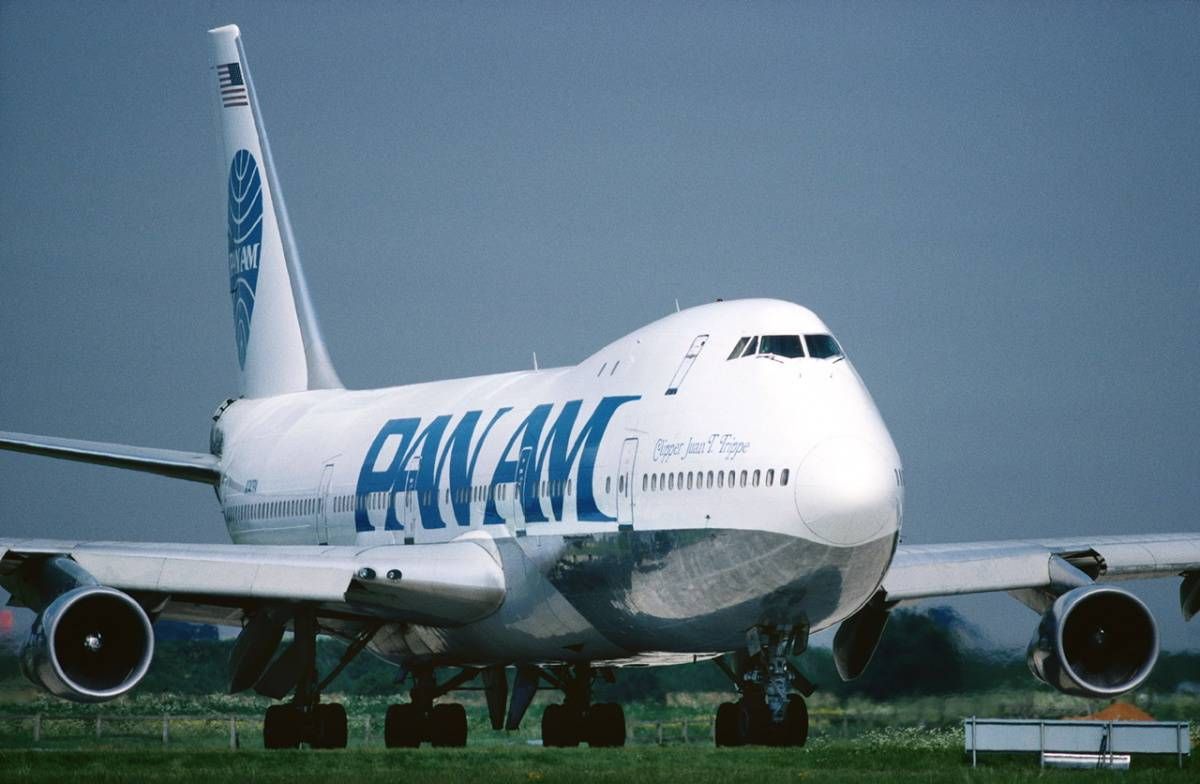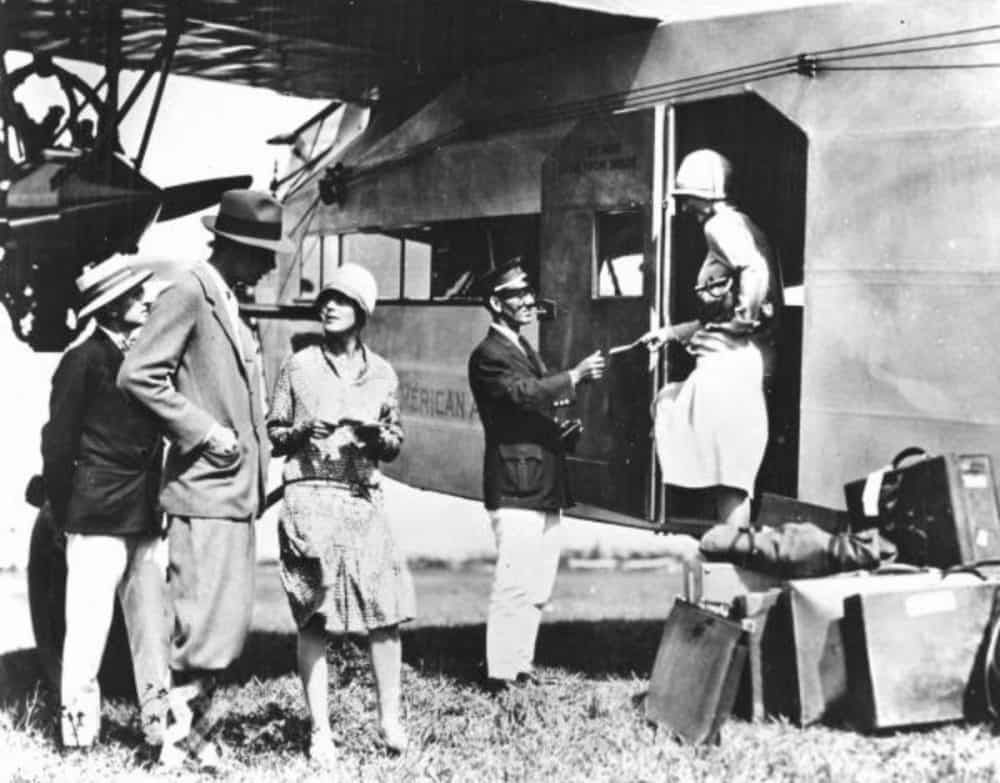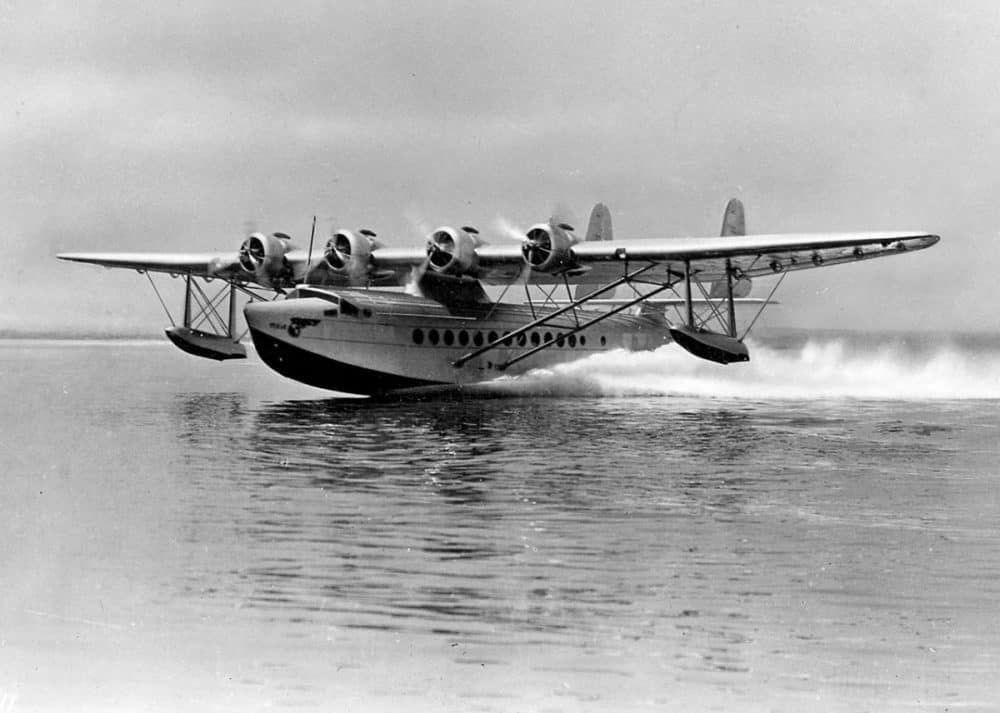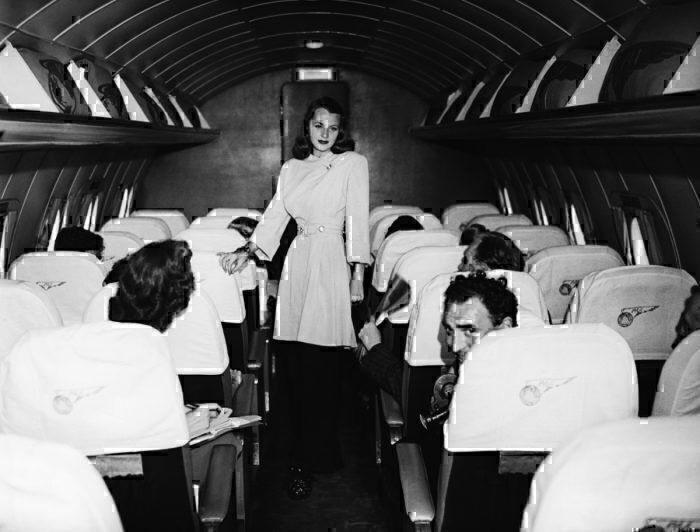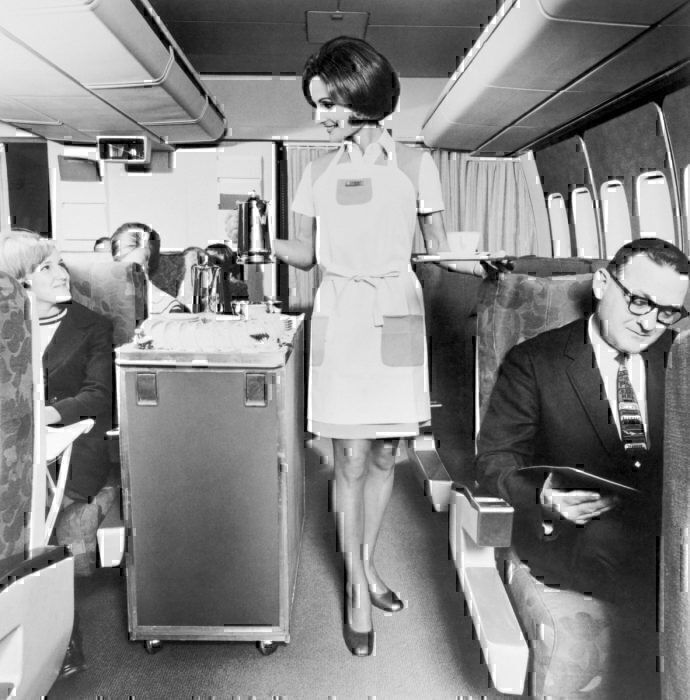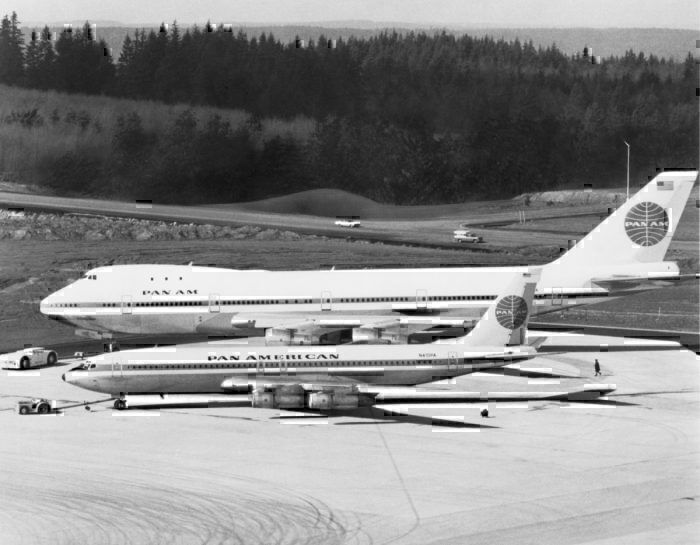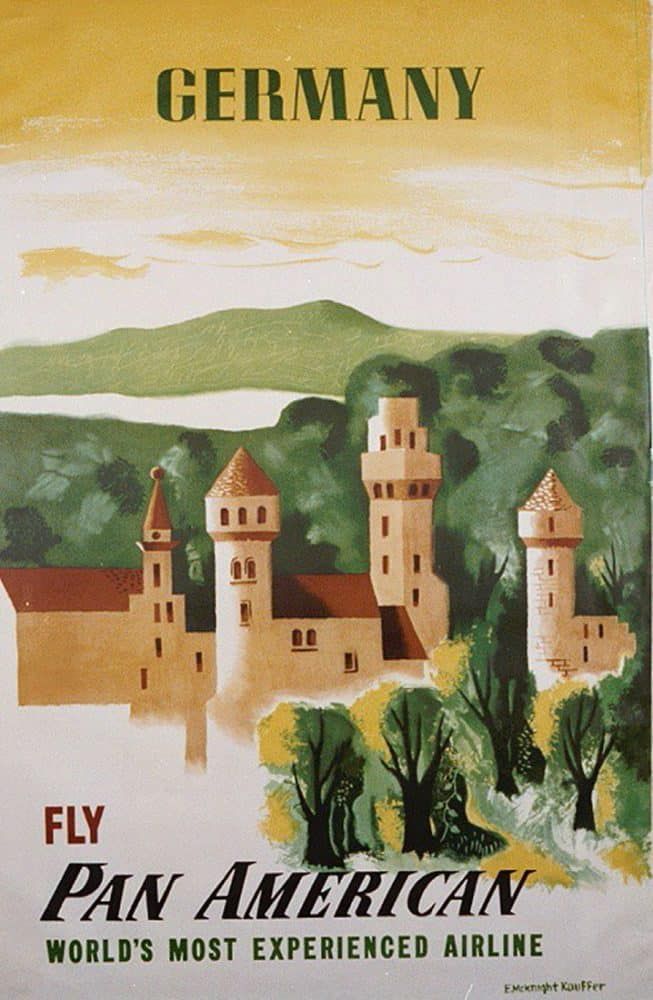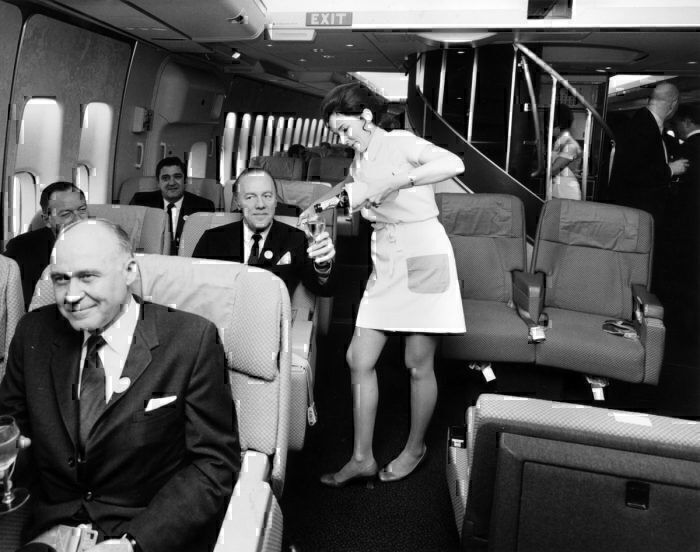Last month marked 93 years since Pan American World Airways was first founded. The airline would go on to shake up the global aviation industry, leaving a legacy that is still talked about today. However, despite being a cultural icon for much of the 20th century, the carrier's life was eventually cut short before it could celebrate its 65th birthday.
International from the start
Pan Am's story began on March 14th, 1927, when it was founded by US Air Corps majors Henry H. "Hap" Arnold, Carl A. Spaatz and John Jouett. The three men were looking to provide a counterbalance to SCATDA, a German-owned Colombian outfit, which went on to become part of Avianca.
Before taking people to the skies, Pan Am was in the business of airmail. The Chicago Tribune reports that the first of these flights started on October 28th, 1927, with a scheduled operation between Key West and Havana. According to the New York Times, this was the first-ever scheduled flight performed by a United States-based airline. The Fokker F-VII crossed the Straits of Florida to land in the Cuban capital.
These progressive beginnings quickly gave the firm the confidence to venture into passenger services. Therefore, on January 16th, 1928, the operator served its first flight to Cuba with its paying passengers.
By the end of the month, 71 customers handed over around $50 each (equivalent to $2,500 today) for the privilege to be flown 90 miles away. Advertising partnerships with Bacardi highlighted Cuba's exotic offerings, attracting tourists from the United States.
Latin-American adventures
Even though the three Army officers founded the airline, it was the leadership of entrepreneur Juan Trippe that helped transform it into an aviation powerhouse. Then known as Aviation Corporation of the Americas, it combined with the Grace Shipping Company in 1928 to form Panagra - a shortening of "Pan American-Grace Airways".
Over the next few years, the outfit flew across Latin America with its fleet of seaplanes, which were useful at a time when runways weren't so prominent. Business Insider highlights that because the pilots were operating planes that took off on water, they wore sea captain uniforms. Even today, the design of most crew member outfits can be traced back to this decision.
At the turn of the 1930s, a secret deal gave Pan Am 84.4% of SCADTA’s capital. This move effectively made it the Colombian arm of the US airline’s services.
Pan Am's expansion across the Americas was supported by Herbert Hoover, the president of the United States at the time. He became concerned about Germany's foothold in South America so his administration helped to subsidize the airline's expenses.
Further expansions
Pan Am soon diverted its attention to Europe. On March 30th, 1939, a Boeing 314 was piloted by Harold E. Gray to perform the carrier's first-ever transatlantic passenger flight. The plane left Baltimore for the Horta in the Azores before performing a second leg to Lisbon.
After World War II, the airline officially changed its name to the familiar title of Pan Am American World Airways in 1950. Thereafter, in October 1955, Juan Trippe ordered 45 jetliners to help his company venture across the Atlantic.
These planes included 20 Boeing 707s and 25 Douglas DC-8s. A New York-London route operated by a 707 began on October 26th, 1958. This service saw a record 111 passengers on the flight. At the time it was the highest number of travelers ever to board on a single flight of regularly scheduled service.
Rise of the jumbo
Soon the increase in demand for longer-distance operations during the 1960s meant that larger aircraft were needed. Trippe initially planned for a double-deck version of the single-aisle 707.
However, Boeing managed to swing the direction of the design to give birth to the first-ever widebody in the form of the legendary 747. Its almost vertical sidewall and high ceiling gave an abundance of space for passengers following its introduction in January 1970.
With Pan Am's vision and the Queen of the Skies' capabilities, the partnership was a match made in heaven. Over 300 passengers could now fly on a single service, lowering operational costs and thus making it cheaper to fly for the general public.
This gave way to a whole new generation of travelers, with new passenger segments heading for the air for the first time. During the year that followed the jumbo's launch, Pan Am served 11 million passengers to 86 different countries.
This progress also sparked an overhaul for airports across the globe. In order to facilitate hundreds of travelers arriving and departing at a time, hubs upgraded their lounges, check-in counters, and terminals in the succeeding decades.
A shift in the market
This prosperity eventually led to developments that would turn out to be critical for Pan Am. Several firms wanted to get a slice of the aviation market's boom. However, existing laws made it hard for new companies to break into the industry.
President Jimmy Carter tackled this issue by introducing the Airline Deregulation Act in 1978. This removed federal control over many aspects of the market. In this new climate, Pan Am found it hard to keep up with its new rivals. Rising fuel costs also placed further financial burdens on the firm, forcing it into a downward spiral during the 1980s.
The 1988 Lockerbie disaster was the final straw for the airline. Not only was it a PR disaster, but it led to a $300 million lawsuit, along with an additional fine from the Federal Aviation Administration due to 19 security failings.
All good things come to an end
Subsequently, Pan Am filed for bankruptcy protection in January 1991. Acquiring Pan Am's transatlantic routes prior to Pan Am's collapse, Delta Air Lines claims that the firm was losing $3 million per day during the latter part of that year. Despite revival attempts, the airline was shut down once and for all on December 4th, with around 7,500 members of staff losing their jobs.
Even though Pan Am's story didn't last as long as the likes of KLM or even its counterpart Avianca, it wrote its own colorful tale for over six decades.
It also wasn't the only airline to be affected during the 1980s. In fact, other major carriers such as Braniff International Airways, Capitol Air, Eastern Air Lines and Pacific South West Airlines all suffered as a result of deregulation.
Altogether, Pam Am shaped the course of the industry in a multitude of ways. From its ambitious routes to its game-changing aircraft, Pan Am's legacy will continue to live on.
What are your thoughts about the rise and fall of Pan Am? Do you have any fond memories traveling with the airline? Let us know what you think of its story in the comment section.

